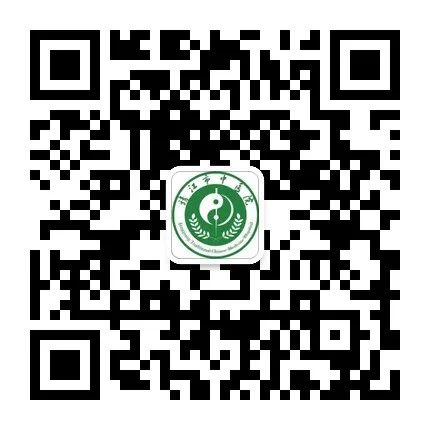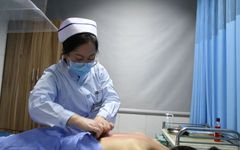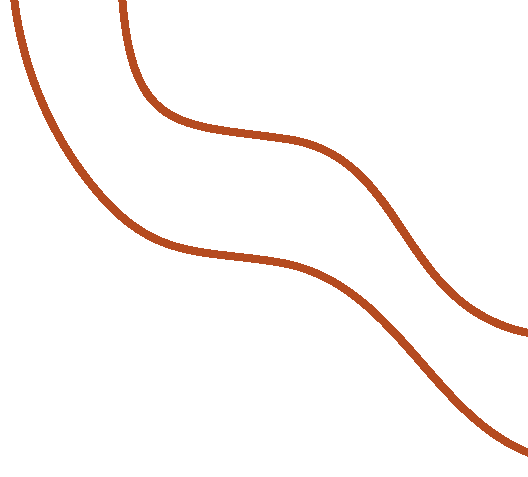
Traditional Chinese Medicine Therapy
Support the Body & Expel Pathogens
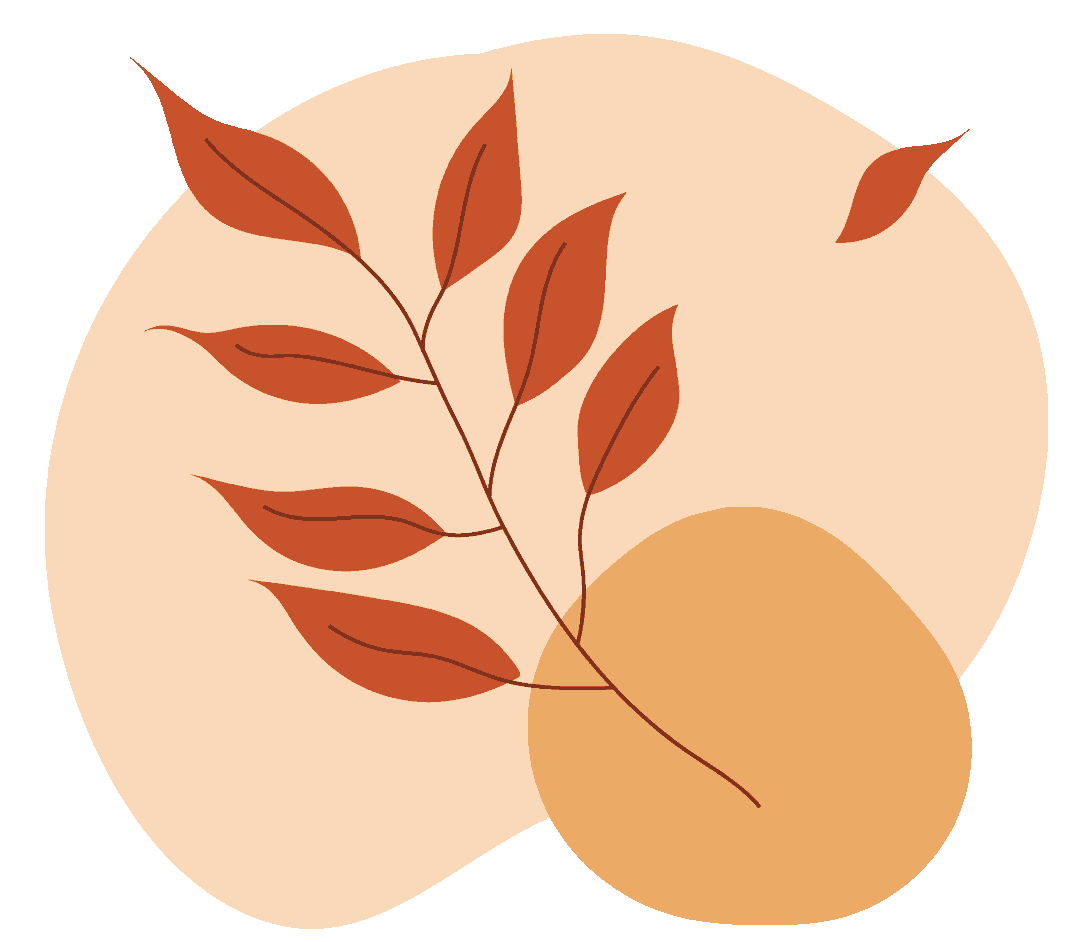
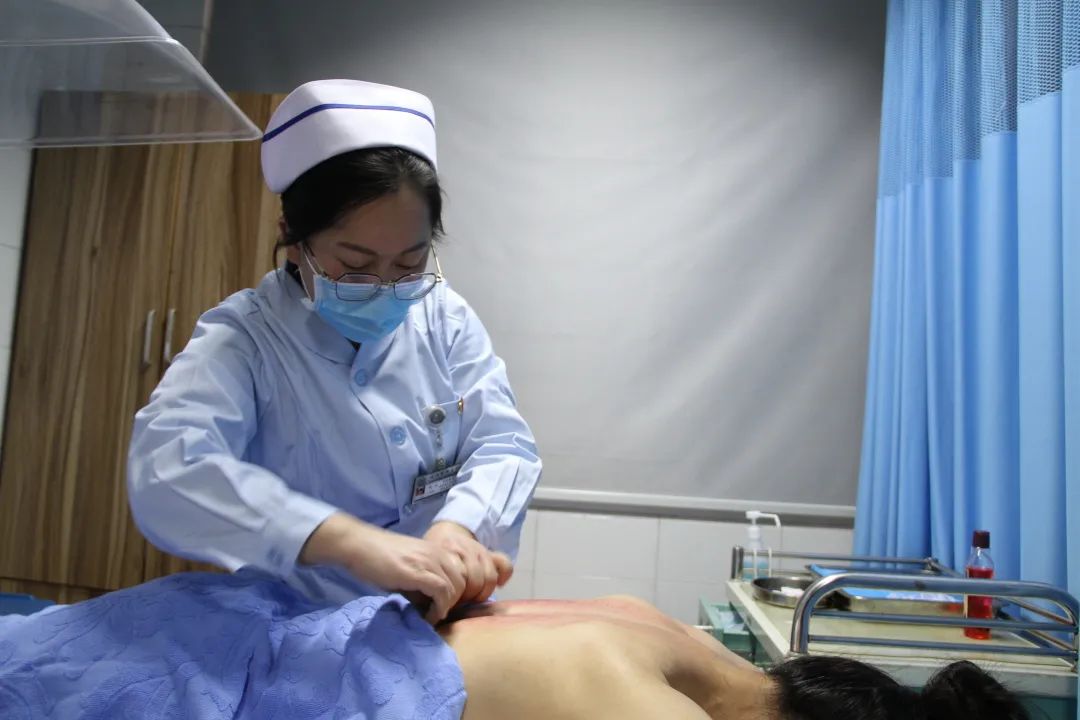
The Unique Charm of Traditional Chinese Medicine Therapy
Gua Sha is guided by the theory of meridians and acupoints in Traditional Chinese Medicine (TCM). It involves repeated scraping of the skin using tools like a Gua Sha board, resulting in localized redness and bruising known as “sha”. This technique aims to unblock meridians, dispel cold and dampness, invigorate blood circulation, regulate internal organs, and detoxify the body for improved complexion.
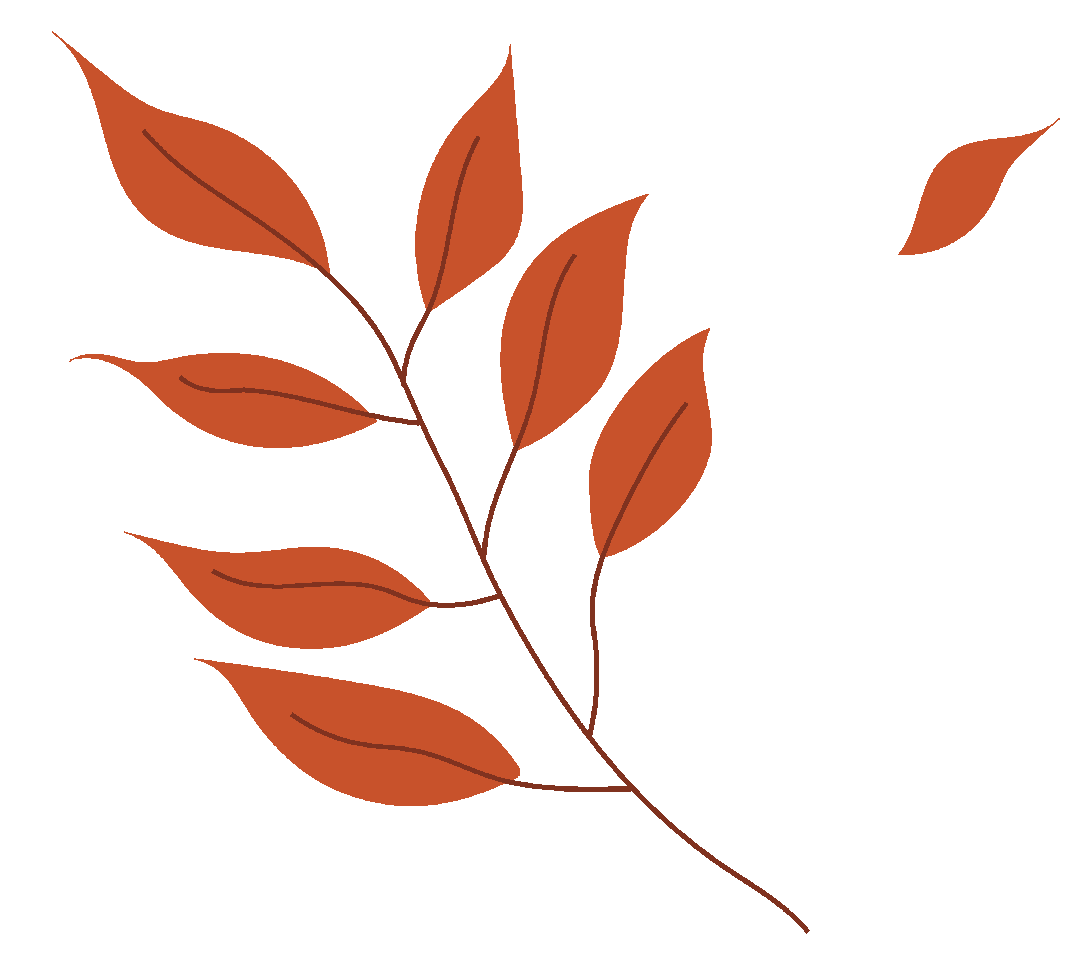
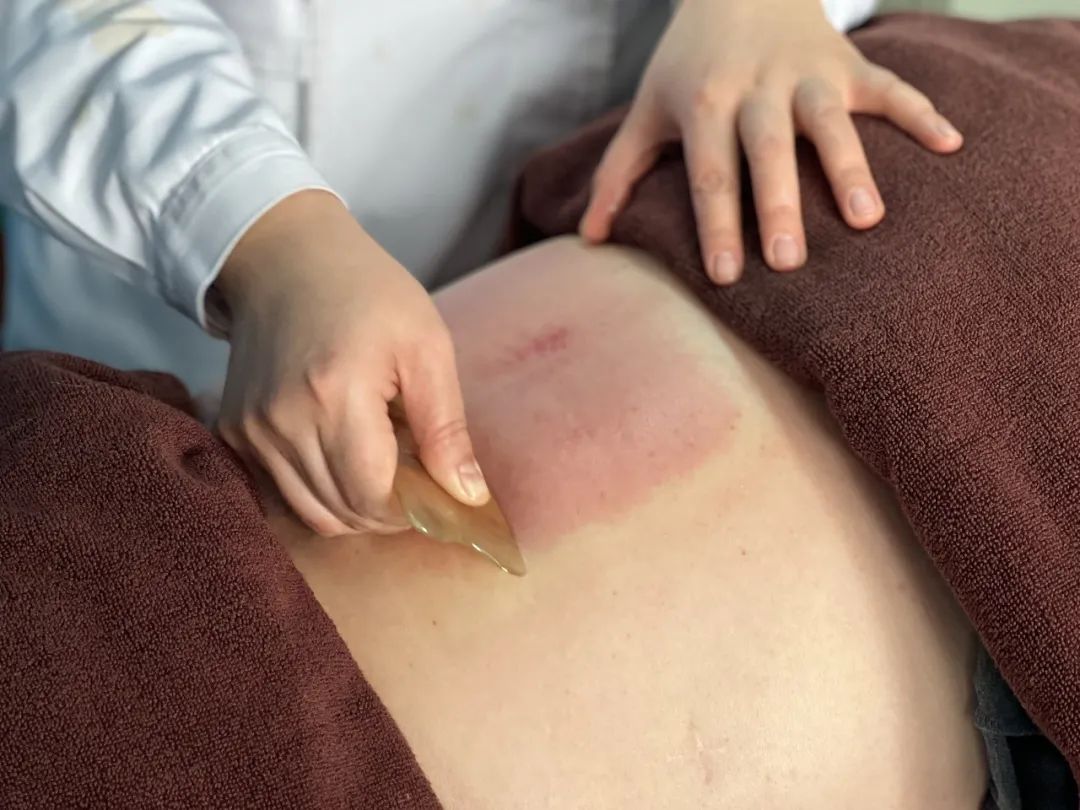
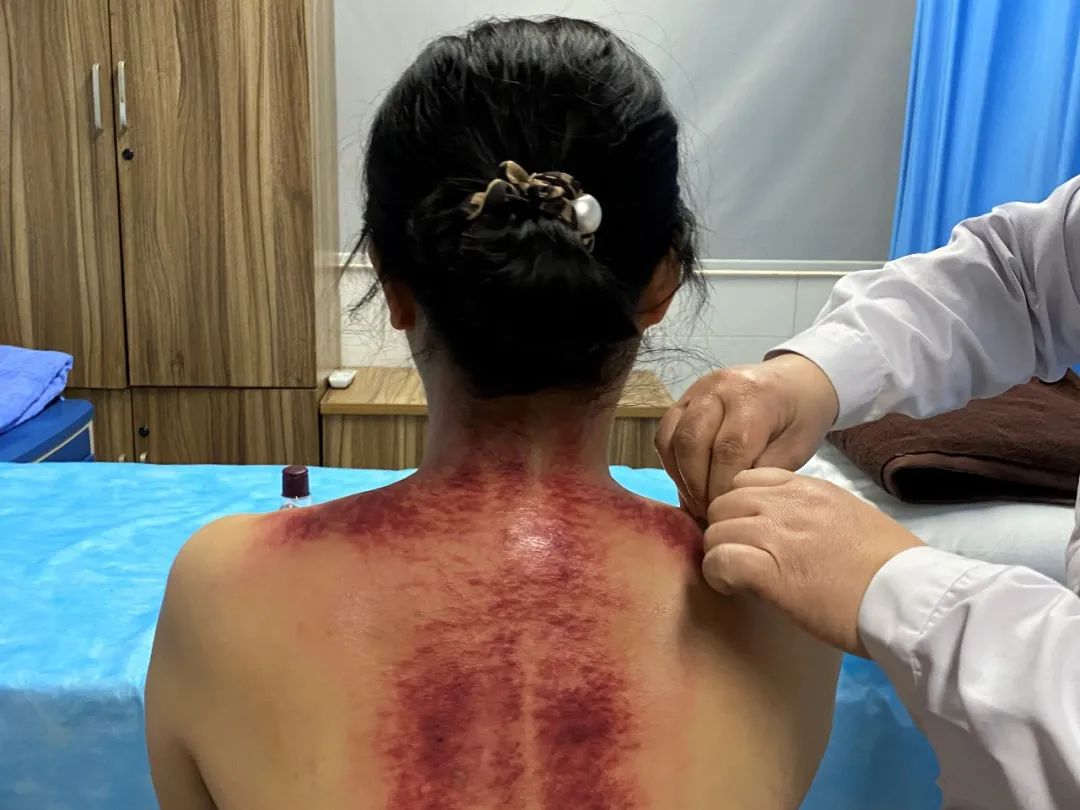

Gua Sha Therapy
01
Principles of Gua Sha
1. Gua Sha can invigorate blood circulation, activate cells, improve microcirculation, enhance the body’s immunity, relieve local blood stasis, reduce blood viscosity, accelerate blood circulation and metabolism, and speed up the repair of diseased tissues.
2. Gua Sha can detoxify the body. The process allows the local pores to open, releasing pathogenic factors such as wind, cold, dampness, heat, phlegm, and stasis from the skin, thus promoting smooth flow of Qi and blood and harmonizing the internal organs. The downward pressure of the Gua Sha tool forces harmful metabolic byproducts to seep from the capillary walls into the subcutaneous muscle tissue, thereby eliminating toxins from the body, ensuring that cells in tissues and organs receive adequate oxygen and nutrients, enhancing vitality, and restoring normal organ function.
3. The stimulation of acupoints by Gua Sha tools can activate the Qi in the meridians, transmitting local sensations throughout the body, thereby regulating the flow of Qi and blood and the functions of the internal organs. Additionally, Gua Sha mediums often use herbal preparations, which can penetrate through the skin at acupoints into the bloodstream, exerting significant pharmacological effects.
02
Applicable Population
Individuals with neck, shoulder, waist, and leg pain, as well as those in sub-health conditions; discomfort caused by external pathogens, such as fever, headache, nausea, vomiting, abdominal pain, and diarrhea.
03
Precautions
1. Do not bathe within 3 hours after Gua Sha. Bathing can allow wind, cold, and dampness to invade the body when the pores are open.
2. Drink warm water after Gua Sha. This helps replenish fluids lost during the process and promotes metabolism, aiding in detoxification.
3. While Gua Sha is beneficial, it is not suitable for everyone. Pregnant women, those menstruating, individuals with severe illnesses, serious skin conditions, bleeding disorders, or the elderly and frail should avoid Gua Sha.

Common Misunderstandings
“
Is it true that the more pain and the darker the color, the better the effect of Gua Sha?
“This is a misconception. ”
In TCM, “sha” represents a stasis, indicating an imbalance within the body. The appearance of “sha” refers to localized bruising, which varies from person to person. Experiencing pain during Gua Sha indicates that the flow of Qi and blood is obstructed; areas with issues tend to be more painful, and the color of the “sha” relates to individual constitution.
Gua Sha can serve as an adjunctive treatment for many conditions. It is essential to tailor Gua Sha protocols based on individual diagnosis and treatment principles. It is important to note that Gua Sha may also have certain adverse reactions.
Outpatient Location: Hospital Cultural Corridor (next to the infusion room)
Outpatient Hours: Monday to Sunday, all day
Consultation Phone:
0523-84996162, 17315689279, 17315689118

Contributed by: Sheng Jifeng
Edited by: Lu Yinhong, Yang Xuxian
Reviewed by: Guo Hongxiang, Chen Xiaoyan
Issued by: Wang Yong
